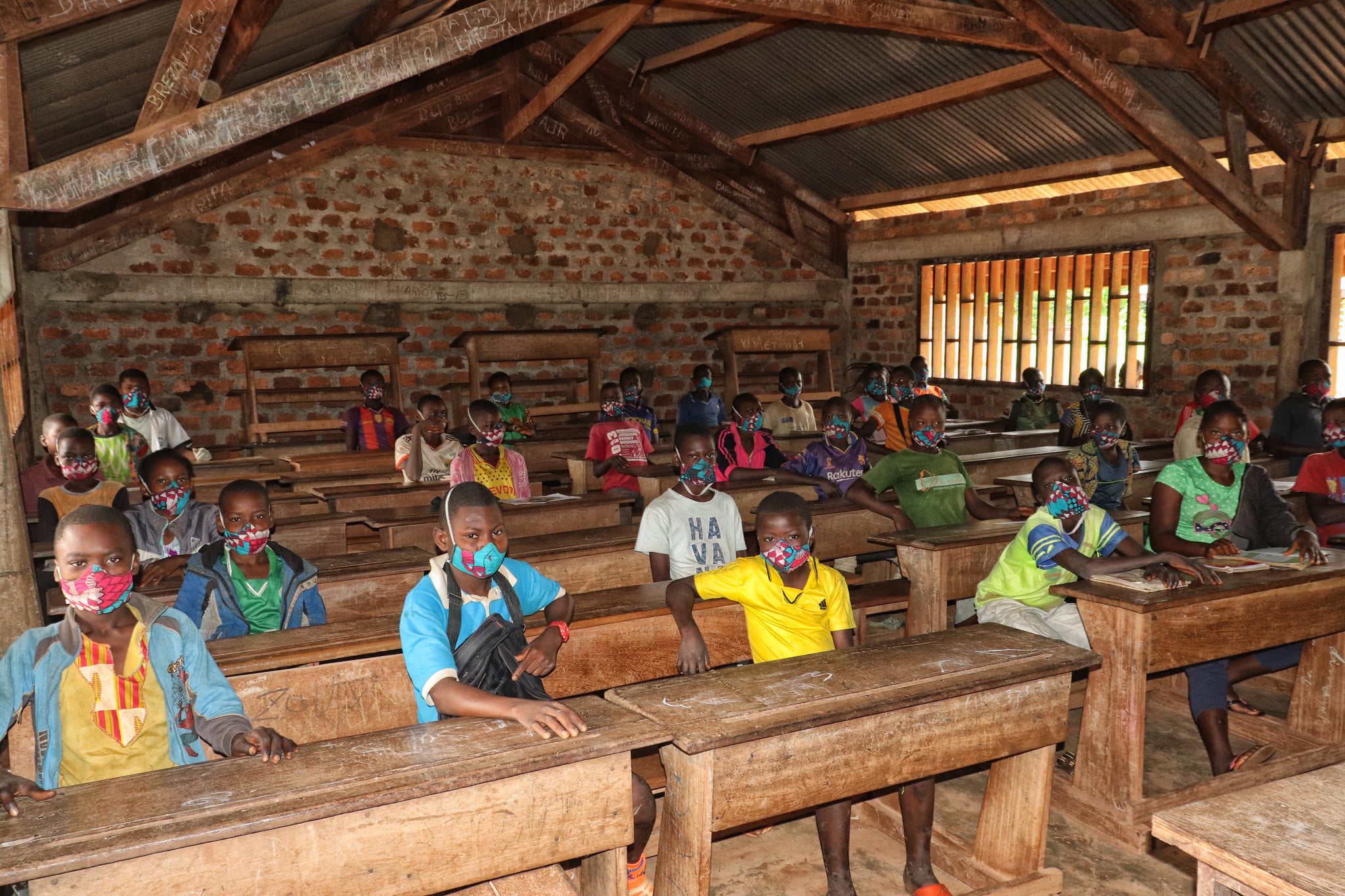The Central African Republic is near the bottom of every major economic or development indicator. For example, out of 189 countries ranked in the UN Development Program’s Human Development Index, the Central African Republic is second to last. When it comes to life expectancy at birth, the country ranks dead-last.
It is also a country that is emerging from civil war. One of the UN’s larger peacekeeping missions, known as MINUSCA, deployed in 2014. The deployment of peacekeepers has helped prevent the outbreak of major conflict and has set the conditions for a fragile peace agreement to take hold, but there is still a great deal of insecurity in parts of country.
The Central African Republic was beset by a number of very big challenges long before the coronavirus pandemic breached its borders. So how did CAR avoid the worst?
On the line from Bangui, which is the capitol of the Central African Republic, is Dr. Marie Roseline Belizaire. She is a Haitian epidemiologist with the World Health Organization who was deployed to the Central African Republic early in the pandemic to assist the country with COVID-19 preparedness and response plan.
We kick off discussing how her work fighting Ebola across the border in the Democratic Republic of Congo has informed her response to COVID in the Central African Republic. We then discuss some of the strategies she developed in partnership with the government and the UN peacekeeping mission which has helped to contain the spread of COVID in the Central African Republic.
COVID 19 is not raging out of control in the Central African Republic like it is in the United States, Brazil or Europe earlier in the pandemic. That is in part due to the work of the World Health Organization, UN Peacekeeping, the government of the Central African Republic — Dr. Marie Roseline Belizaire, personally.
